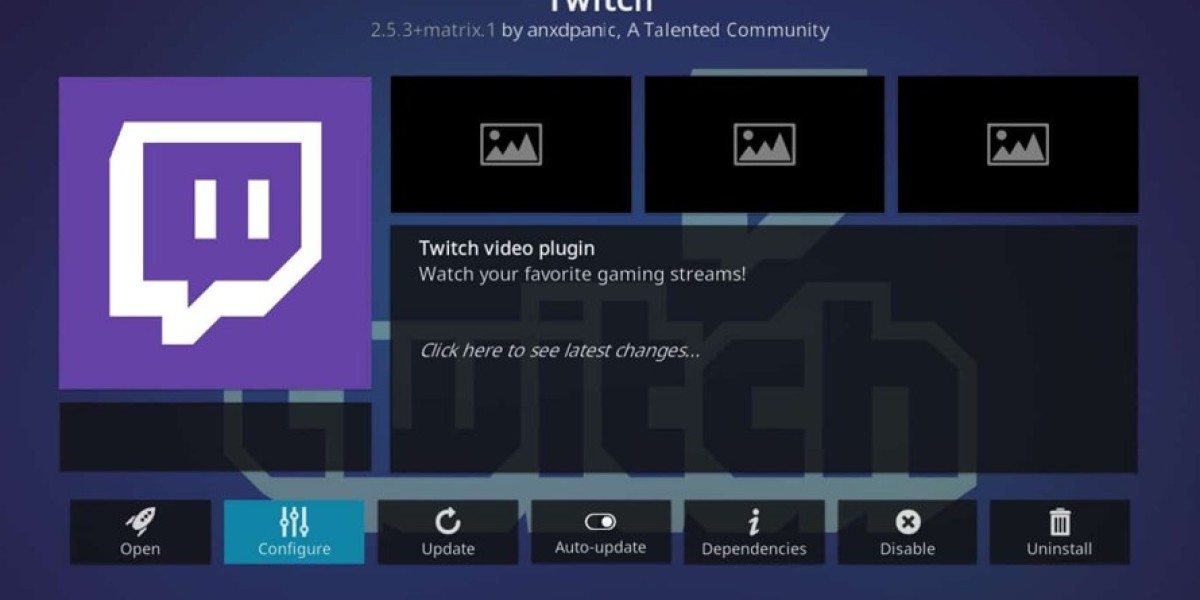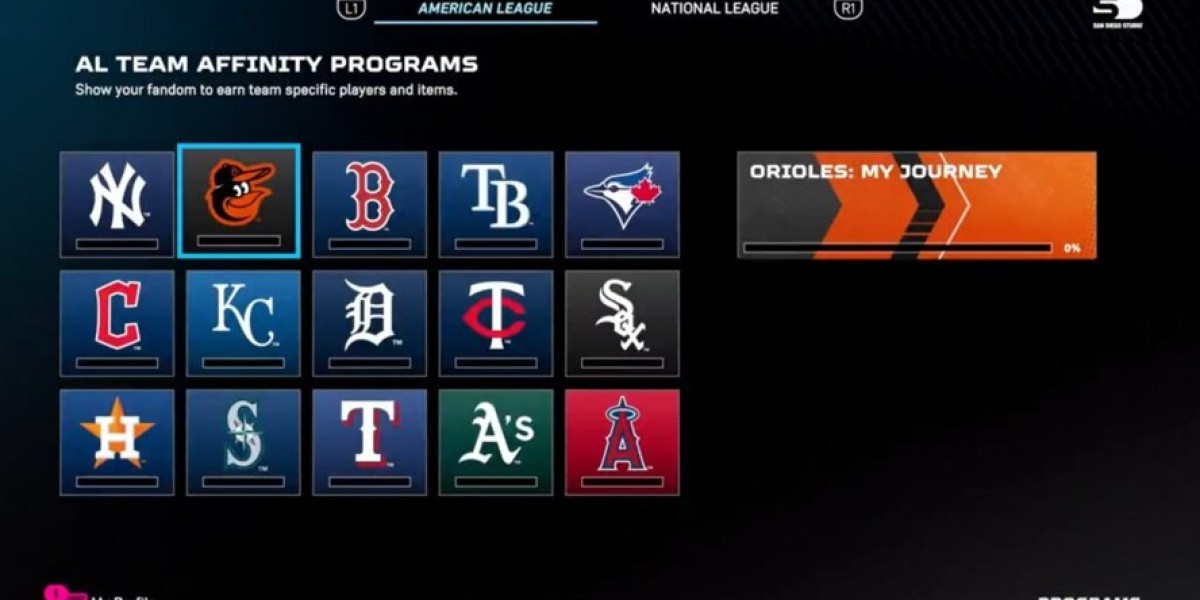What is a Rental Lease Agreement?

A rental lease arrangement is a legally binding document produced for the property owner and occupant when renting a residential or commercial property. It offers clearness on the expectations and commitments of both celebrations throughout the rental period. The contract normally consists of the rent amount, payment due dates, security deposit quantity, length of tenancy, upkeep duties, rules, and terms.
A rental lease contract is necessary because it develops a clear understanding in between the property manager and tenant, laying out each party's responsibilities and rights during the rental period.
You can utilize a rental lease contract for various types of homes. Examples include:
- Apartment
- Condo
- Duplex
- House
- Townhouse
By signing a rental lease agreement, the property owner and tenant consent to comply with the terms defined, promoting a better landlord-tenant relationship.

These files are also described as:
- Apartment leases
- House rental arrangements
- Lease contracts
- Lease types
- Rental contracts
- Rental contracts
- Rental tenancy contracts
- Tenancy agreements
Who Needs a Rental Lease Agreement?
A rental lease arrangement is an essential file for different organizations and people, consisting of:
- Homeowners searching for tenants
- Tenants looking for a living or commercial space to lease
- Individuals leasing their residential or commercial property to family or good friends
- Landlords
- Tenant positioning services
- Residential or commercial property supervisors
- Small services searching for an organization setting
Anyone who wishes to rent out a residential or commercial property, consisting of a home or space, commercial building, or land, need to use a rental lease arrangement. Failing to do so might lead to:
- Lost rent cash
- Liability for illegal activities occupants participate in on the residential or commercial property
- Penalties for unsettled utility expenses
- Costly residential or commercial property damage repair work
- Don't take any chances! Protect yourself and your renters by utilizing a rental lease arrangement.
Dolan W.
Bryan B.
Ryan D.
Benjamin G.
Essential Elements of a Rental Lease Agreement
Below are some important terms for you to understand that must be consisted of in a rental lease agreement:
- Names and Contact Information: The rental lease arrangement ought to identify the proprietor, tenant, and any other occupants and supply their contact details.
- Residential or commercial property Description: The rental lease contract must include a comprehensive description of the residential or commercial property, including its address, the type of house, the number of bed rooms and restrooms, and any other appropriate info.
- Rent Details: The lease contract should describe the lease quantity, payment due date, and payment method. It must also define any penalties for late payments and bounced cheques.
- Down payment: The rental lease contract ought to detail the down payment quantity and any conditions for its return or forfeit.
- Regard to the Lease: The rental lease arrangement need to define the length of the lease, including the start and end dates.
- Maintenance Responsibilities: The rental lease arrangement should outline the duties of both the proprietor and tenant for the maintenance and repairs of the rental residential or commercial property.
- Rules and Regulations: The rental lease arrangement need to develop any rules and regulations the renter must follow, such as pet policies, cigarette smoking restrictions, noise ordinances, and other appropriate details.
- Renewal and Termination: The rental lease agreement ought to describe the lease renewal and termination treatments, including any notification requirements and charges for early termination.
Standard rental lease arrangements often provide extra details beyond the fundamental terms and conditions of the lease. Some of the details that might be included are:
- Signing rewards or concessions that are provided to entice possible renters to lease, which may include totally free lease for a set time, discounts on the rental rate for the period of the lease, or improvements to the residential or commercial property such as new floor covering or devices.
- Information on whether there is an option to buy the residential or commercial property, which is sometimes called rent-to-own.
- Options for renewing the lease, which can be valuable for occupants who want to remain in the residential or commercial property for an extended amount of time.
- Details about the methods available for conflict resolution, such as arbitration or mediation, which can assist to avoid or solve conflicts between landlords and tenants.
Types of Rental Lease Agreements
- Fixed-Term Lease: This kind of lease agreement has a particular start and end date, and both the proprietor and renter concur to the length of the lease.
- Month-to-Month Lease: This lease contract does not have a specific end date and continues every month up until the proprietor or renter offers the notice to terminate the lease.
- Sublease Agreement: This contract takes place when a tenant leases a part or all of their rental residential or commercial property to another tenant.
- Roommate Agreement: This lease agreement is in between two or more tenants who share a rental residential or commercial property. The agreement details the terms and responsibilities of each roommate, consisting of rent payments, utility costs, and other shared expenses.
- Commercial Lease Agreement: This lease arrangement is for rental residential or commercial properties for service purposes, such as workplace space, retail area, or storage facilities. Commercial lease arrangements generally have more complicated terms and conditions than residential leases.
- Standard Residential Rental Lease Agreements: A legal agreement in between a property owner and renter, defining conditions of leasing a home.
- Room Rental Agreements: A legal contract in between a property owner and a renter for the rental of a space within a larger residential or commercial property, such as a home or home.
- Land Lease Agreements: A contract between a landowner and a tenant, allowing the occupant to utilize the land for a specified purpose in exchange for rent payments.
- Rent to Own Lease Agreements: A rental agreement that consists of a choice for the renter to buy the residential or commercial property at a later date, with a part of the lease payments used towards the purchase rate.
Key Considerations Before Signing a Rental Lease Agreement
Here is a breakdown of some important things to think about before signing a rental lease agreement.
- Rent and Associated Costs: Review the lease amount and associated costs such as energies, parking charges, or upkeep costs to ensure you can pay for the month-to-month payments.
- Lease Term: Review the lease term to guarantee it aligns with your requirements and timeline. If you're not sure about your long-lasting plans, consider a month-to-month lease rather of a fixed-term lease.
- Maintenance Responsibilities: Understand the maintenance obligations laid out in the rental lease contract and ensure you're comfy with them. If there are any concerns or questions, discuss them with the property manager before signing the lease.
- Rules and Regulations: Review any guidelines and policies outlined in the rental lease arrangement, such as pet policies or noise ordinances, to guarantee you can comply.
- Down Payment: Understand the down payment amount and any conditions for its return or forfeit.
- Termination and Renewal Procedures: Review the termination and renewal treatments to ensure you comprehend the requirements for renewing or ending the lease.
- Landlord-Tenant Relationship: Consider the landlord-tenant relationship and how comfortable you feel dealing with the landlord. Ensure you understand their interaction design, availability, and responsiveness to issues or issues.
Key Terms for a Rental Lease Agreement
- Lease Term: This refers to the duration that the rental lease agreement is in effect. It can be a fixed term (12 months) or a month-to-month contract.
- Rent: This refers to the quantity of cash the occupant must pay the landlord for the right to inhabit the rental residential or commercial property. Rent is generally paid monthly, although it can often be paid weekly or bi-weekly.
- Down payment: This is an amount of money paid by the tenant at the start of the lease term to safeguard the landlord versus damages or overdue lease.
- Maintenance and Repair: This describes the obligation of the landlord and tenant to maintain the rental residential or commercial property in great condition. The lease agreement ought to define which party is responsible for specific repair work and upkeep jobs, such as fixing devices or keeping the landscaping.
- Termination Clause: This is an arrangement in the lease contract that details the circumstances under which the property manager or the occupant can liquify the lease before the end of the lease term. The termination provision may include notification requirements, penalties for early termination, and other crucial details.

Final Thoughts on a Rental Lease Agreement
A rental lease contract is a contract that discusses the rights and responsibilities of both the landlord and the tenant and functions as an important tool for protecting the interests of both parties involved in a rental plan. However, the conditions associated with it can be made complex for individuals to comprehend. So, legal counsel is the very best option for all parties.









